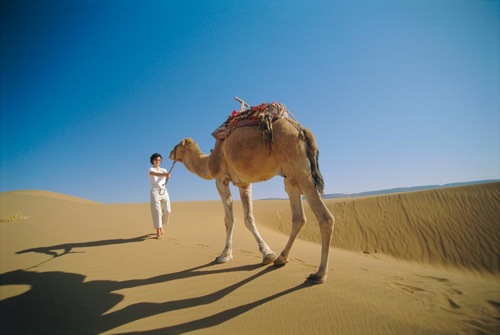SEATTLE – Whether it’s an easy hike or an adrenaline-filled paragliding ride, an increasing amount of travelers are opting for adventure experiences, according to the newly released Adventure Tourism Market Study. The George Washington University conducted the report in partnership with the Adventure Travel Trade Association (ATTA).
The report showed that adventure travel market has grown at a 65 percent yearly rate since 2009, making the market currently valued at $263 billion, excluding airfare. That figure is up from $89 billion from the first study done in 2009.
“Adventure tourism’s steep climb is attributed to growth in the global tourism industry, a significant increase in the percentage of adventure travelers and an increase in the average amount spent per adventure travel trip,” said Shannon Stowell, ATTA president. “As we watch adventure travel tourism grow, it is imperative that we continue to provide travelers with transformative experiences, all while helping to protect and respect the very people and places visited.”
The estimated value of adventure travel reflects the growth in the international tourism market, which reached an all-time record of more than one billion international tourism arrivals in 2012.
The analysis studied Europe, North America and South America, since these regions account for nearly 70 percent of overall international departures, according to the United Nations World Tourism Organization.
Adventure travel as defined by ATTA involves two of the following three elements on a trip: connection with nature, interaction with culture and a physical activity. Soft adventure examples include hiking, kayaking, rafting and snorkeling, while hard adventure options include caving, climbing, kite surfing and paragliding.
Other results from the Adventure Tourism Market Study:
1.) Adventure travelers have an average age of 36, which is younger than average non-adventure travelers.
2.) Nearly 42 percent of respondents reported an adventure activity as the main activity of their trip in 2012.
3.) The average length of a soft adventure trip rose to ten days in 2012 from eight days in 2009.
4.) About 45 percent of adventure travelers planned on using a tour operator on their next trip, in contrast to only 31 percent of non-adventure travelers.
5.) The percentage of adventure travelers using Facebook has more than doubled since 2009 to 78 percent.
For more information, visit www.adventuretravel.biz.











